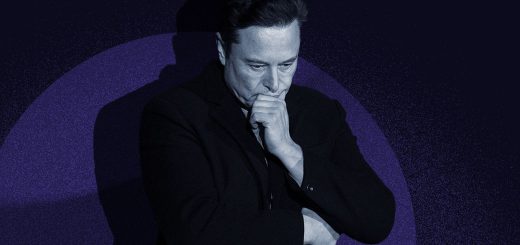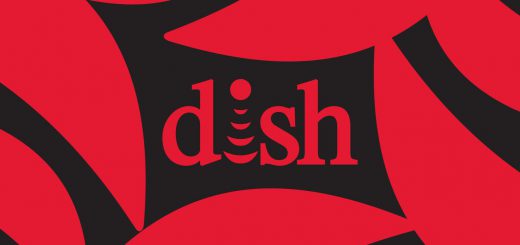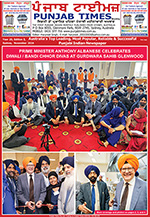Superpower tussle may trigger Cold War n-tripwire
There are no great rolls of barbed wire, nor pillboxes or border guards, just a red hand painted on to the small wooden board that marks the end of the eastern edge of Europe. For 294 kilometres, Estonia’s barely-marked border with Russia runs through spectacular forests and marshes, snaking along the Narva river as it runs north from Lake Peipsi to the Baltic.
For the first time since the end of the Cold War, though, there are real fears troops and tanks could cross that unmarked border—triggering the nuclear tripwire that the world imagined had collapsed with the Soviet Union.
Related
In recent months, as tensions between the West and Russia have surged in the wake of the Ukraine war, the Baltics have begun to emerge as the frontlines of a new cold war. Incursions by Russian military aircraft, the Estonian government alleges, have escalated manifold.
Later this summer, Estonian president Toomas Hendrik Ilves will be in Germany, pushing his European allies for a brigade-sized unit to be permanently deployed to protect the tiny country of 1.3 million people against Russia—increasingly worried by an increasingly aggressive Russia, that has shown willingness to use massive force to push back western influence in its neighbourhood.
The North Atlantic Treaty Organisation has already stationed a small detachment of M1A Abrams main battle tanks from the United States, while NATO stepped up its permanent fleet of combat jets in the Baltic from 4 to 16. NATO also has small, but symbolically-important, rotating troop contingents in place.
Last year, during its summit in Wales, NATO promised to create “very high readiness” task force, comprised of 5,000 troops, would be able to deploy to the Baltic states in the event of an emergency. Ursula von der Leyen recently warned in Tallinn “that NATO’s reaction capacity should not been underestimated”.
Even as Russia has protested against the planned build-up, though, Baltic leaders like Ilves are arguing NATO’s plans aren’t enough of a deterrent. The rapid reaction force, he noted in one recent interview, would take days to deeply. “But if you look at the exercises that are done by our neighbour”, he observed, “they’re basically instantaneous. They’re here and it’s over in four hours”.
Though all of Estonia’s men must serve in the military, and the country spends well over than 2% of its budget on defence that is mandated by NATO, it’s standing army is just 5,300—with no air assets of their own. In a war, this tiny force would the titanic power of Russia’s 20th Guard Army, 6th Combined Services Army, the 105 Aviation Brigade, and the Baltic fleet.
Eleven years ago, Estonia joined NATO as insurance—signing on to a charter which obliges all states to treat an attack on any member as an attack on themselves.
In practice, though, NATO membership bought only limited security. In 1997, NATO and Russia arrived at a founding post-Cold War strategic deal: no combat troops, the western alliance promised, would be stationed east of Germany “in the current and forseeable security environment”.
Hannes Hanso, the head of the Estonian parliament’s Foreign Affairs Committee, told The Indian Express he believes Russia’s military operations in Georgia and now Ukraine make that promise redundant.
“NATO using the term permanent deployment, rather than saying it is rotating troops in and out, would be of great value for us”, he said. “The Soviet occupation was a tough and terrible time for us. No one wants to have it happen again—and for that, we need a muscular, credible NATO troop presence”.
Estonian leaders reason that a permanent military presence would deter Russia from attacking. No-one knows for certain, though, what Russian calculations might be. Russia’s leaders, for example, might calculate that NATO would be unwilling to risk full-blown war to protect a peripheral ally.
The tensions in the Baltics date back to 2008, when Russia responded to Georgia’s plans to join NATO by backing secessionist movements in the breakaway provinces of Abkhazia and South Ossetia. Russian military aircraft began demonstrations of power over Georgia, while both it and the United States began holding military exercises. In August, 2008, amidst growing tensions, insurgents from the two provinces began fighting Georgian troops.
From the crisis, Baltic leaders say, Moscow showed it could inflict punitive costs on adversaries without facing western retaliation: Abkhazia and South Ossetia have, in practice, ceded from Georgia to Russia.
Last year, as Russia’s intervention in Ukraine gathered momentum, the fears in Estonia and its Baltic neighbours gathered momentum. “From our centuries of experience”, says Jarno Laur, the deputy mayor of Estonia’s second city of Tartu, “we’ve learned that nothing good ever comes from Russia”.
Hanso, like other Estonian leaders, believes the best prospect of restraining Russia lies in the stringent economic sanctions imposed after its Ukraine intervention. “The sanctions have hurt some Estonian industries, like dairy products, which had a big market in Russia”, he says. “It is a small price to pay, though, for our country’s security and independence”.
Few in Europe are willing to bet on where things might go from here. His economic agenda derailed by sanctions and plumetting global oil prices, Russian President Vladimir Putin’s nationalist rhetoric has been sharpening steadily. Europe, for its part, is increasingly unwilling to appease Russia’s strategic concerns. Though neither side wants war, mis-steps and miscalculation could easily lead to that outcome.
“Let’s put it this way”, says Eiki Nestor, speaker of Estonia’s parliament, “it’s not great to be a nut between two great millstones. Its better to become part of one, and we are clear which one we do not want to be part of”.
Source:: Indian Express









